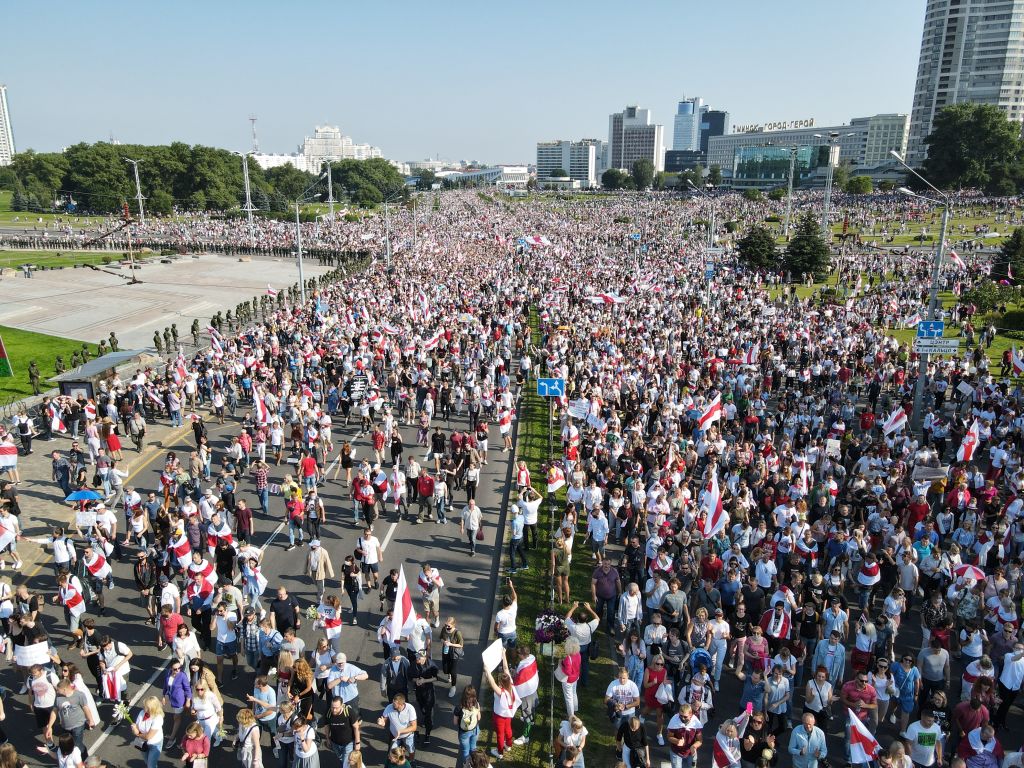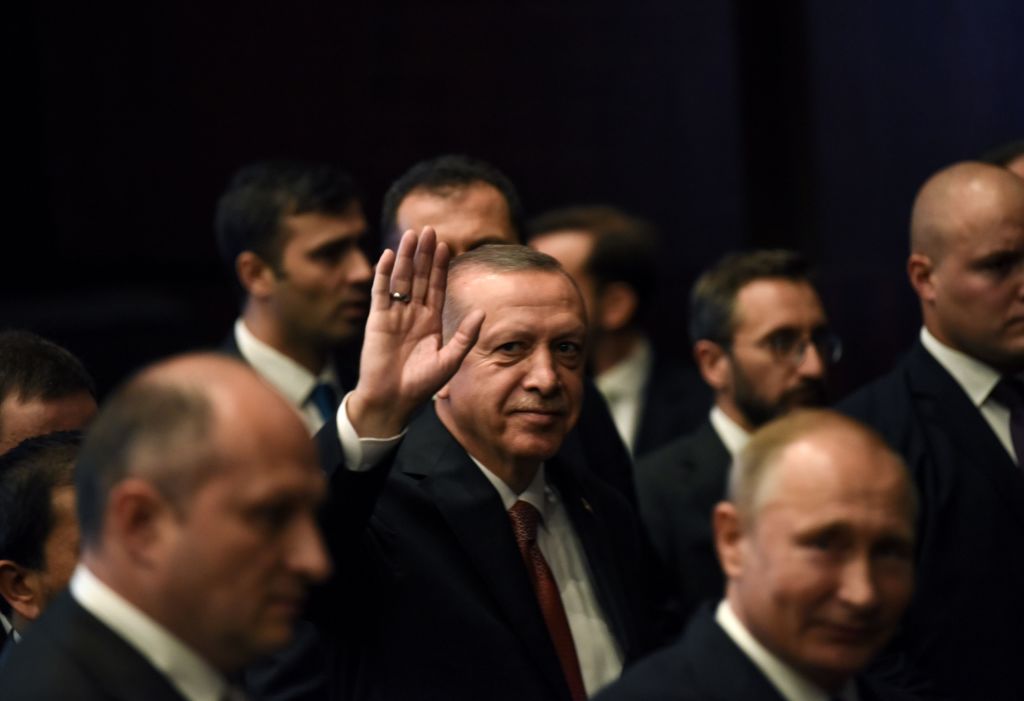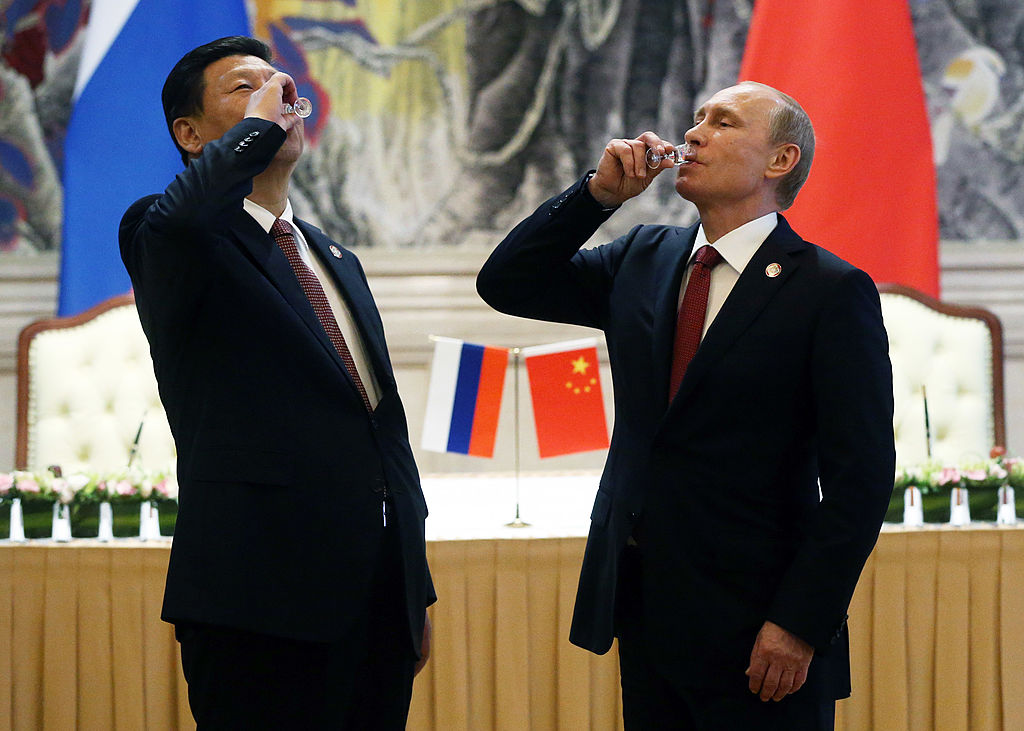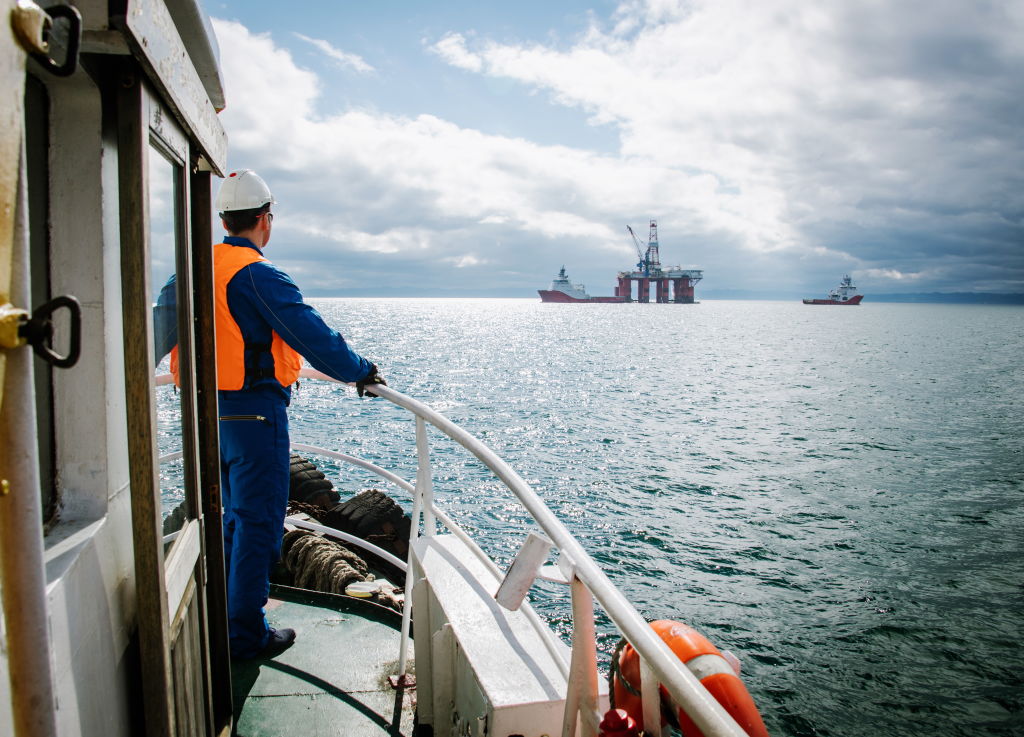Do fresh Russia sanctions signal new ‘defence of democracy’ geopolitics?
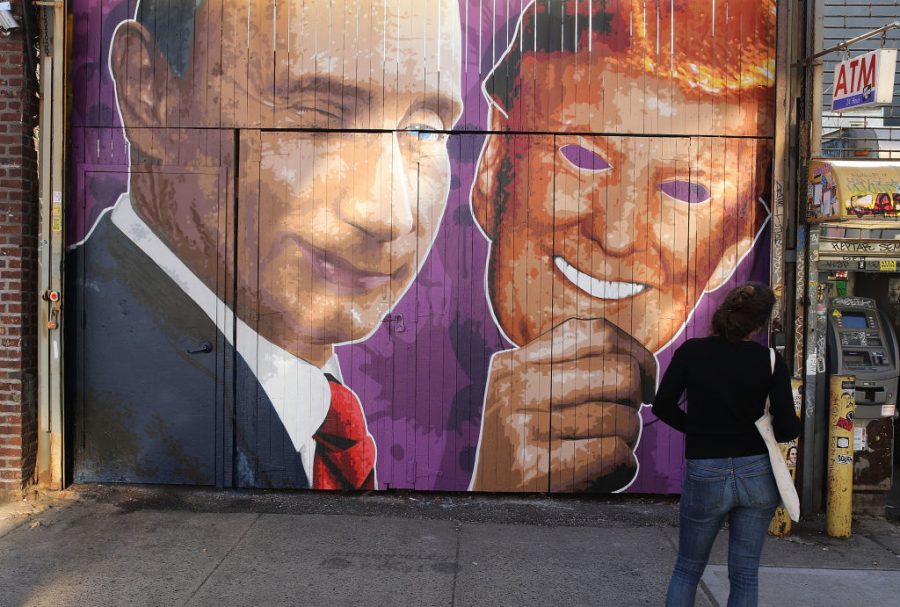
‘[The government of the Russian Federation is] a government that murders its citizens for highlighting corruption and other abuses.’
— Holding Russia Accountable for Malign Activities Act of 2020, bill introduced to US Senate, 3 February 2021
‘We’re at an inflection point between those who argue that … autocracy is the best way forward … and those who understand that democracy is essential.’
— US President Joe Biden, remarks at Munich Security Conference, 19 February 2021
After weeks of considering how to respond to the poisoning and arrest of Russian opposition leader Alexei Navalny, the EU and US announced coordinated punitive sanctions. They target seven Russian government figures, including the head of the FSB security service, with asset freezes and visa restrictions. And US President Joe Biden has promised more action in retaliation for the placing of bounties on US military personnel and the SolarWinds hack, pending further intelligence assessment.
And after years of having to deliver watered-down Russia assessments to the Trump administration, US agencies will be relieved and pleased to present a full accounting.
Apart from classified sources, assessments will also be gleaned from the extensive findings of the reports by Robert Muller and the Senate Intelligence Committee into Russian interference in the 2016 election, and from vast open-source analysis on Russian malignancy.
This all details a global panorama of the Russian grey zone of cyberattacks and hacks; targeted disinformation campaigns aimed at deflecting action against Russia and boosting far-right forces in the US, UK and EU; the funding and training of extremists; the development and weaponisation of corruption and ‘dark money’ networks; multiple poisonings; microwave attacks against US officials; bounties on US troops in Afghanistan; and the oligarchical adventurism of the mercenary Wagner Group in Syria and Africa.
New assessments are likely to describe the network of perpetrators, not only state agencies like the GRU, FSB and SVR, but also entrepreneurs in President Vladimir Putin’s circle like Evgeny Prigozhin and Oleg Deripaska, and their enablers among Western political, media, financial and legal sectors.
The US Senate has already introduced a bipartisan bill calling for Navalny’s release and invoking the Magnitsky and chemical and biological weapons acts to sanction Putin’s cronies. It hints at possibly freezing the assets of Putin and his family. The bill also urges Germany to withdraw support for the Russian Nordstream 2 gas pipeline, which the US has already sanctioned.
These proposals go much further than anything the EU and US have so far considered. They are also much more in line with the views of Navalny, his supporters and many in the EU and UK who have argued that the West needs to target Putin’s ‘wallets’—those who handle corrupt flows of money and do his bidding offshore—to trigger infighting. Navalny has named oligarchs like billionaire Roman Abramovich, VTB bank boss Andrey Kostin and media mogul Alisher Usmanov as critical enablers of the regime.
Sanctioning oligarchs can be difficult, as the US found when it had to climb down from sanctions against Rusal and Oleg Deripaska, after an outcry from Western firms that needed to continue doing business with one of the world’s biggest aluminium companies.
It’s clear now, however, that after years of Putin’s moves against the US, and Donald Trump’s inaction and gaslighting about Russia hoaxes, many in the US political system, not to mention the public, are ready for a reckoning.
And in this new mood, some old lines of argument running through US policy on Russia seem to have been jettisoned.
One is the idea that Russia is merely a fading power and therefore not worth worrying about. Another is that its ambition only extends to its near abroad and, if left alone, it’s likely to morph into a constructive geopolitical player.
The Biden administration clearly sees Russia as a determined and effective adversary, particularly in the grey zone, working to undermine the world’s democracies, even while taking advantage of the good things that rule of law provides. But how will this translate to a new paradigm for Russia policy? How much of a reckoning is enough?
Biden’s comments at the Munich Security Conference suggest that the US is framing the relationship with Russia and China as one of values: democrats versus autocrats. Biden’s point person on Russia, Andrea Kendall-Taylor, who has spent her career looking at the global authoritarian influence of Russia and China, has no doubt influenced this.
But the president also stressed that geopolitical competition must be balanced with cooperation on the shared existential crises of climate change, nuclear proliferation and the Covid-19 pandemic. He wants to do it all, but that will be far from straightforward.
Russia specialists on both sides of the Atlantic have long derided what they see as the limp ritual of mild sanctions and bridge-building attempts governing Western responses to escalating Russian outrages, from the annexation of Crimea to interference in elections to the attempted assassination of Navalny.
Its defenders have argued that this approach, while unsatisfactory, is the only way to realistically manage tensions, keep channels open, and maintain geopolitical and nuclear stability.
The idea of keeping Russia’s economy stable, a justification for Nordstream 2, is part of this blend of conventional realist and liberal wisdoms that have dominated foreign-policy thinking since the Cold War. It’s said to be about keeping the balance of power, minimising military miscalculations and socialising Russia into international norms and the society of nations through diplomacy and economic inducements. And it’s a line of thinking that is still powerful.
But a diverse range of influential Russia watchers, including Edward Lucas, Molly McKew, Michael McFaul, Brian Whitmore, Sarah Kendzior, Anne Applebaum and new Biden administration official Laura Rosenberger, argue that Russia is playing a completely different game.
This group holds varied views on what Russia wants and what Putinism is all about—regime preservation and personal enrichment, destruction of the liberal order, geopolitical jockeying in readiness for a US–China war, access to the developing world’s resources.
But there’s agreement that Putin isn’t interested in grand non-interference bargains and has no investment in the liberal order whatsoever. He knows his long-term version of Russian power depends on liberalism being eroded everywhere.
Further, conventional diplomatic and strategic nostrums can’t cope with a geopolitical environment in which digital technologies have completely changed the nature of rising state competition.
By investing so much in digital political warfare and disinformation, Russia has demonstrated its ability to destabilise Western political systems, making the ideological threat of Putin’s illiberalism dangerously potent.
If this reading is correct, a new, much more unpredictable era of relations is emerging. And the question for the US and EU is, if the familiar rituals of managing geopolitical tensions with Russia are faltering, what might take their place?
The ideas now emerging are around containment, not just in a military sense but in terms of the more difficult task of containing a grey-zone threat running through the hyperconnected, endlessly manipulable sinews of a digitised world.
Deep transatlantic cooperation will be critical, and in recent days Washington and Brussels have made a start. But despite the new understandings of Russia emerging after Trump, the current sanctions package remains firmly within the old paradigm of reactive signalling, rather than creating serious discomfort for the regime.
Old diplomatic cultures die hard. Both the EU and US have good reasons for moving cautiously in a destabilised world. And repairing the trust deficit among NATO allies is a work in progress. The need to defend the fundamental security of democratic systems at the ideological level, ‘away from diplomats and pipelines, to principles and people,’ as EU foreign policy and strategy expert Constanze Steltzenmüller put it recently, will drive policy towards a reinvention of containment for an era of digitised hybrid warfare. As this new paradigm takes shape, Russia, too, might begin to miss the comforts of the old status quo.



